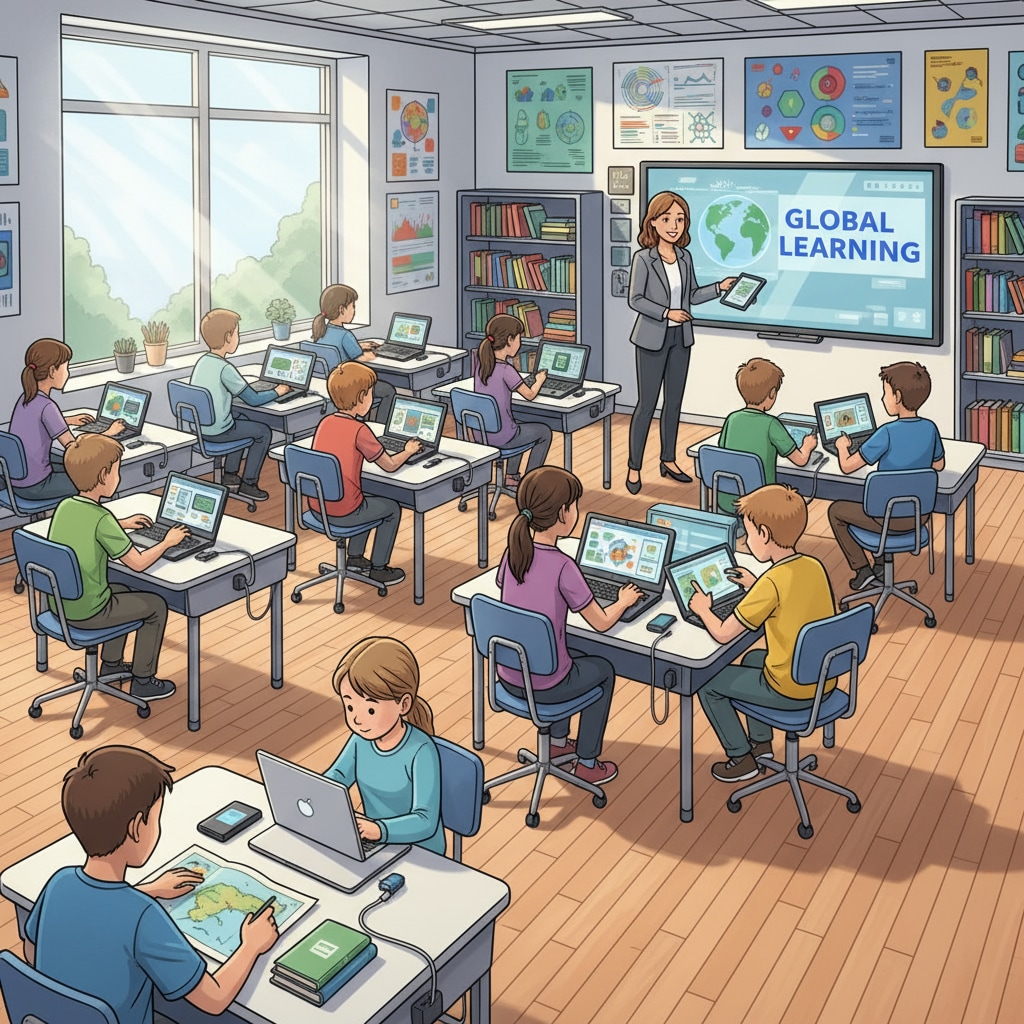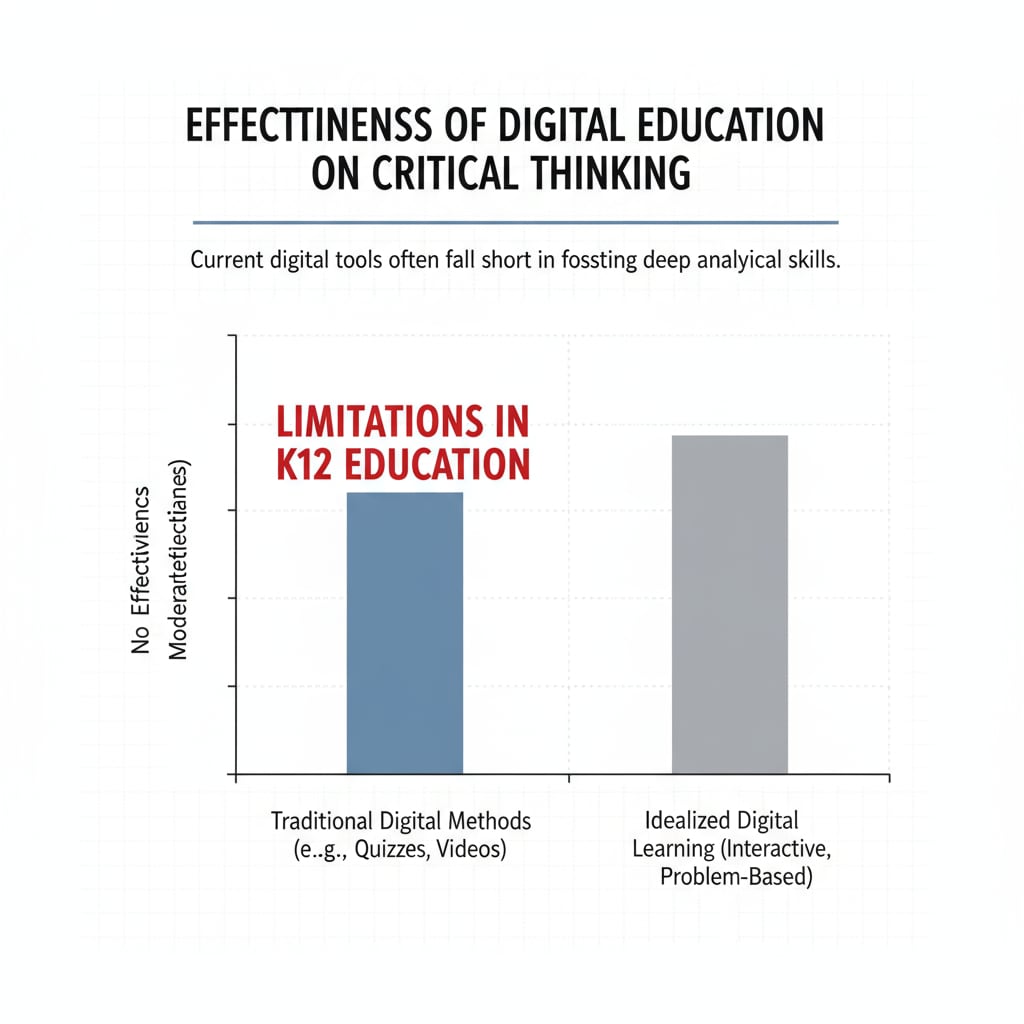In the era of rapid development of education innovation, education technology, and digitalization, the K12 education market is filled with a plethora of products claiming to be innovative. However, a closer look reveals that the majority of these are merely digital replicas of traditional educational content, falling short of bringing about a fundamental transformation in education.

The Illusion of Innovation in Digital K12 Products
Many edtech companies in the K12 space have been quick to digitize textbooks, worksheets, and lectures. For example, digital textbooks are now common, which can be accessed on tablets or laptops. E-book textbooks on Wikipedia show the prevalence of this trend. But this digital shift is more of a surface change. Students still passively receive information, much like in traditional classrooms. There is a lack of true interactivity and personalized learning experiences that real education innovation should offer.
The Limitations of Current K12 Education Digitalization
One major limitation is the lack of adaptability. Digital educational tools often follow a one-size-fits-all model. They may have pre-set lessons and exercises that do not account for the diverse learning paces and styles of individual students. Additionally, the focus on rote learning remains. Just because content is digital doesn’t mean it encourages critical thinking or problem-solving skills. As stated on Britannica’s education page, true education should foster these higher-order thinking skills, which current digital offerings in K12 education often fail to do.

Another issue is the over-reliance on technology for the sake of technology. Some digital products in K12 education are more about flashy interfaces and new gadgets rather than enhancing the learning experience. This misdirection of resources could be better used to develop more meaningful educational innovations.
In conclusion, while digitalization has its place in K12 education, it’s clear that it has not yet achieved true education innovation. To break free from these limitations, educators and edtech developers need to focus on creating products and methods that truly transform the learning experience, encourage active participation, and meet the diverse needs of students. Only then can we see a real revolution in K12 education, moving beyond the simple digitalization that currently dominates the market.
Readability guidance: This article uses short paragraphs to clearly present ideas. Each H2 section has a focused discussion. Passive语态 is minimized, and transition words like “however”, “additionally”, and “in conclusion” are used to make the flow smooth.要点 are presented in a clear manner to enhance readability.


